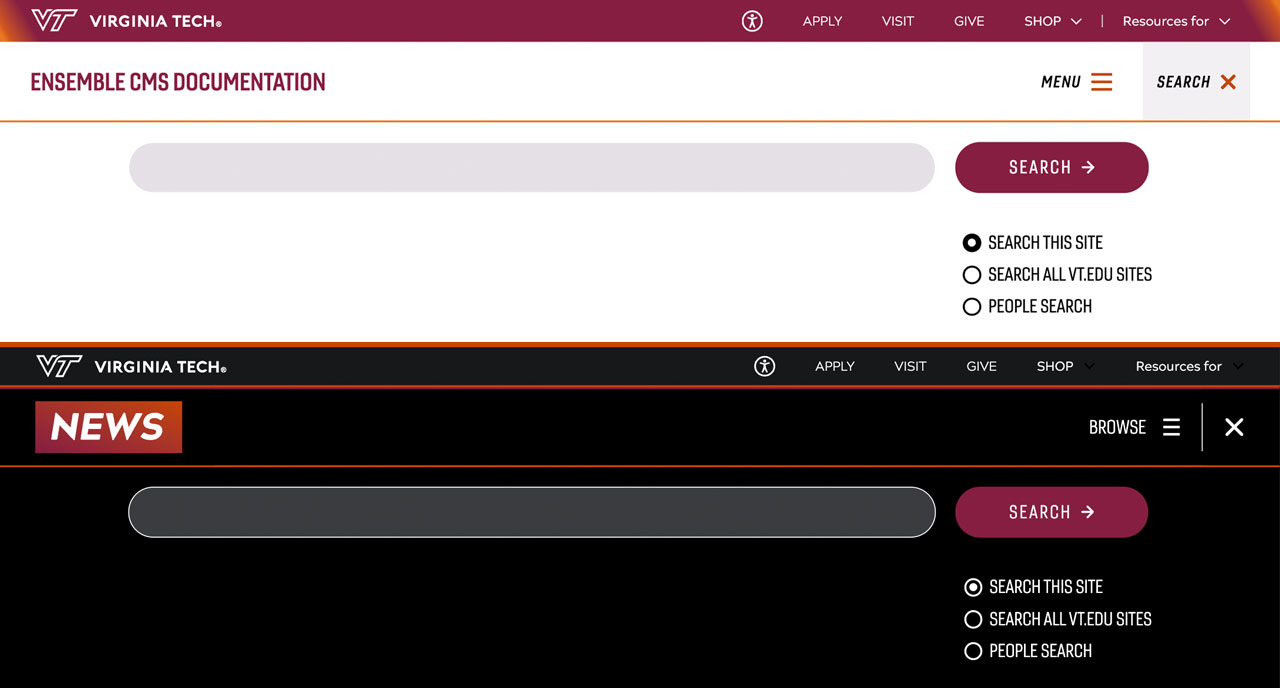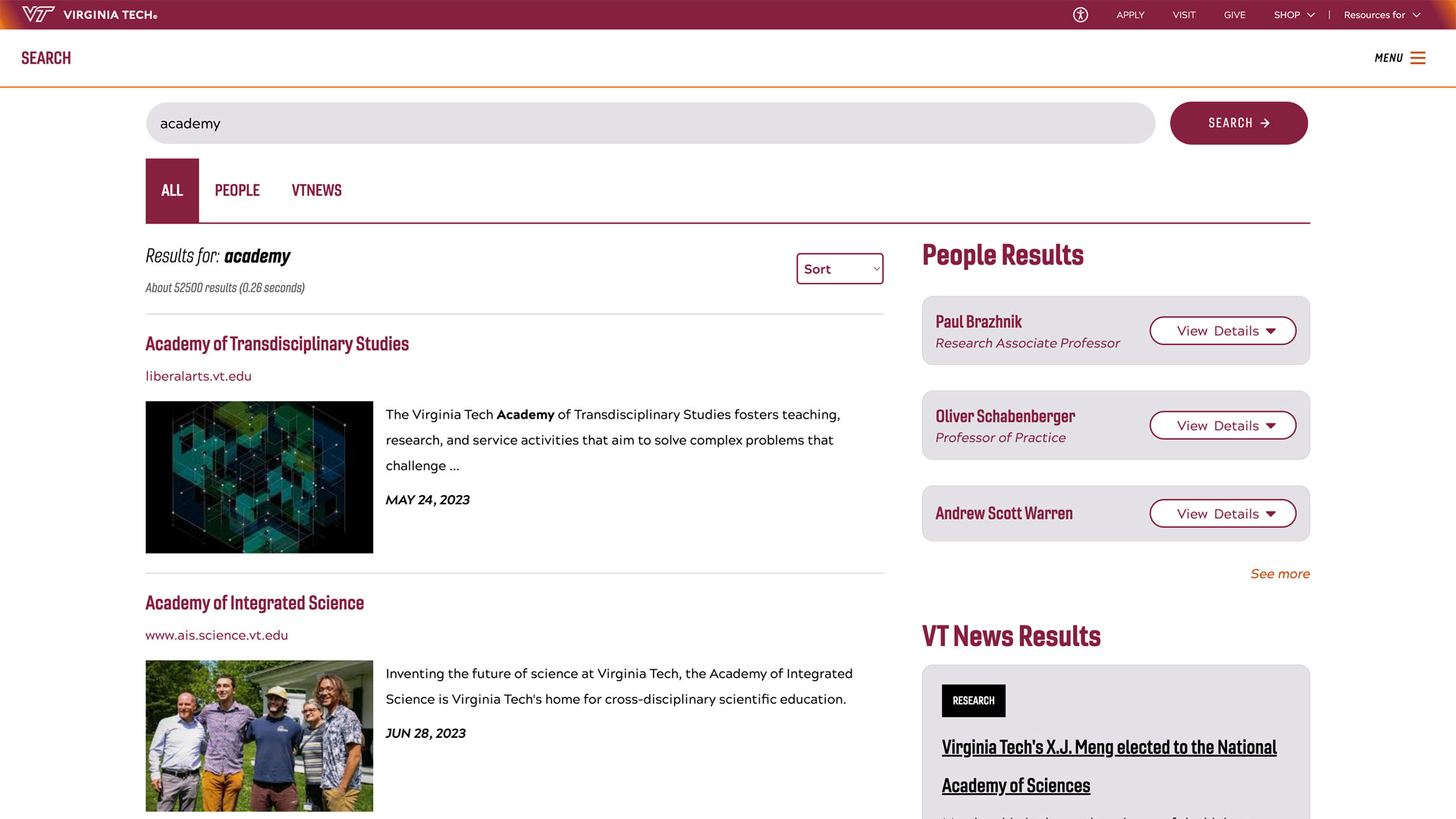Virginia Tech teams make their mark at 2025 NASA RASC-AL forum

Virginia Tech was a dominant force at the 2025 NASA Revolutionary Aerospace Systems Concepts — Academic Linkage (RASC-AL) forum in Cocoa Beach, Florida.
NASA is always seeking out innovative new concepts to improve humans’ ability to operate on the Moon, Mars, and beyond. The annual RASC-AL forum bridges the gap between academia and the aerospace industry by empowering undergraduate and graduate students to apply their classroom knowledge to real-world challenges in space exploration.
Of the 14 undergraduate and graduate teams invited to participate in the annual competition, four hailed from Virginia Tech, with 48 Hokies representing the university in each of the three competition areas, called “themes.” Two Virginia Tech teams claimed Best of Theme honors, with one rising to the top of the pack to take second place overall.
Virginia Tech has a long history of performing well at the RASC-AL forum under the direction of Kevin Shinpaugh, collegiate professor of aerospace and ocean engineering. Each of the four Virginia Tech RASC-AL finalist groups came together within the space engineering track of the year-long senior capstone design course.
“The space vehicle design students did a great job this year,” said Shinpaugh. “The teams had great engineering approaches which also employed innovative concepts that led to two of the teams placing Best in Theme.”
Two Best in Theme wins, 2nd place overall
This year’s RASC-AL themes included “Sustained Lunar Evolution – An Inspirational Moment,” “Advanced Science Missions and Technology Demonstrators for Human-Mars Precursor Campaign,” and “Small Lunar Servicing and Maintenance Robot.”

Project Aeneas took Best in Theme in the Sustained Lunar Evolution: An Inspirational Moment category.
The team provided a plan to establish permanent infrastructure at the lunar south pole.
Their project would rapidly develop industrial-scale propellant and metal production (hundreds of metric tons per year), permanent habitation infrastructure, global transportation, and sample return operations.
Their system also included a nuclear thermal space-tug to move people and cargo from/to the Earth and cislunar space — useful for future missions to Mars.

Project Adaptive Device for Assistance and Maintenance (ADAM) snagged Best in Theme for the Small Lunar Servicing and Maintenance Robot category.
The team designed a semiautonomous lunar maintenance system that extends NASA's Artemis infrastructure lifecycle while minimizing astronaut EVA requirements.
The platform integrates redundant mobility, manipulation, and maintenance systems using a hexapod locomotion architecture with six spider-like legs.
Dual six-degree-of-freedom manipulators with 250 kilograms of combined payload capacity enable infrastructure servicing operations to support a human habitat at the lunar south pole.
According to Shinpaugh, there were seven teams in this theme, and Project ADAM was the only team to propose using a legged robot.
While Auburn University took top honors for the weekend, Virginia Tech’s Project ADAM took second place overall for their lunar maintenance system.
The first and second place overall winning teams will present their work at the 2025 AIAA Accelerating Space Commerce, Exploration, and New Discovery (ASCEND) Conference in Las Vegas in July.




